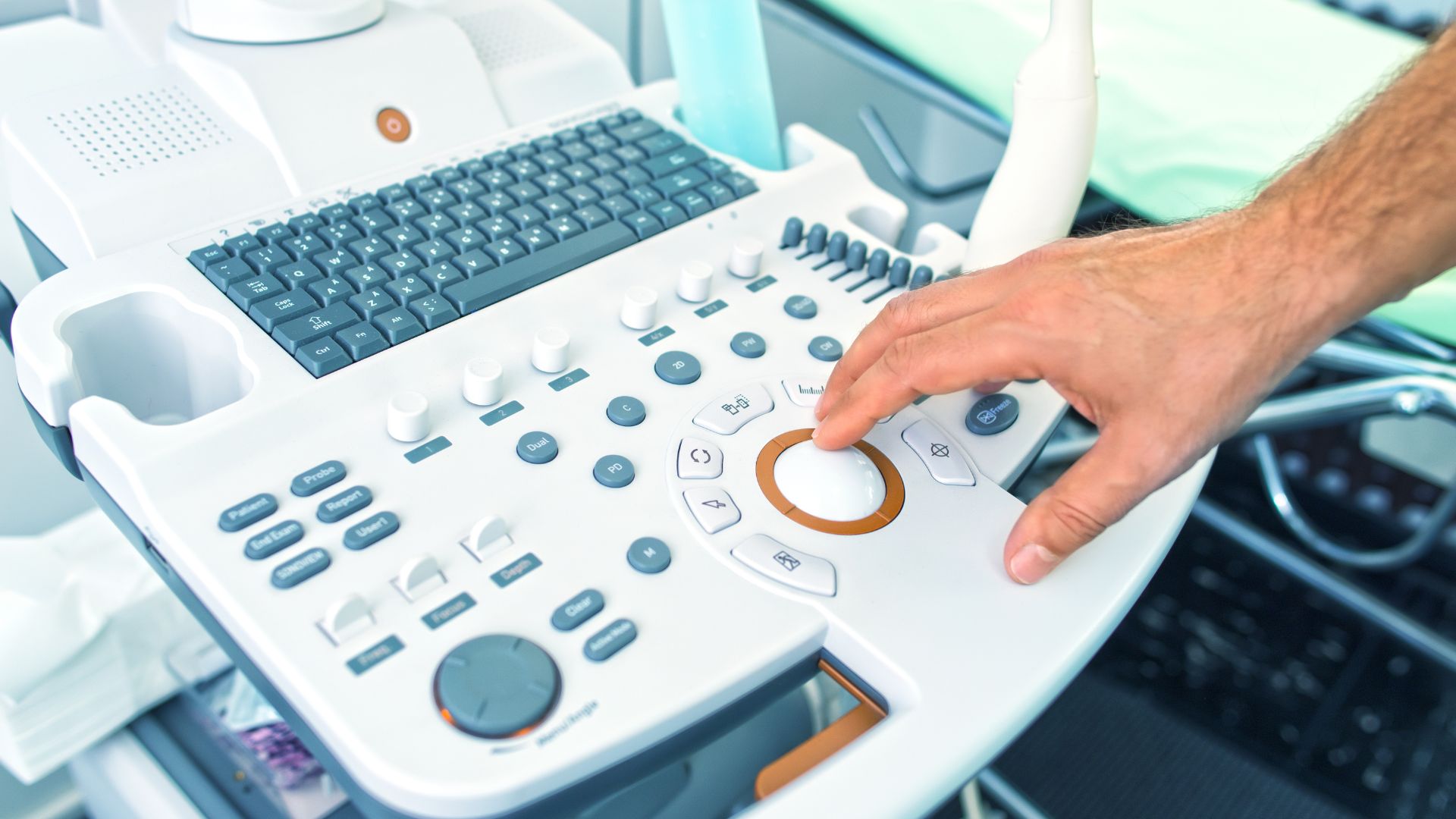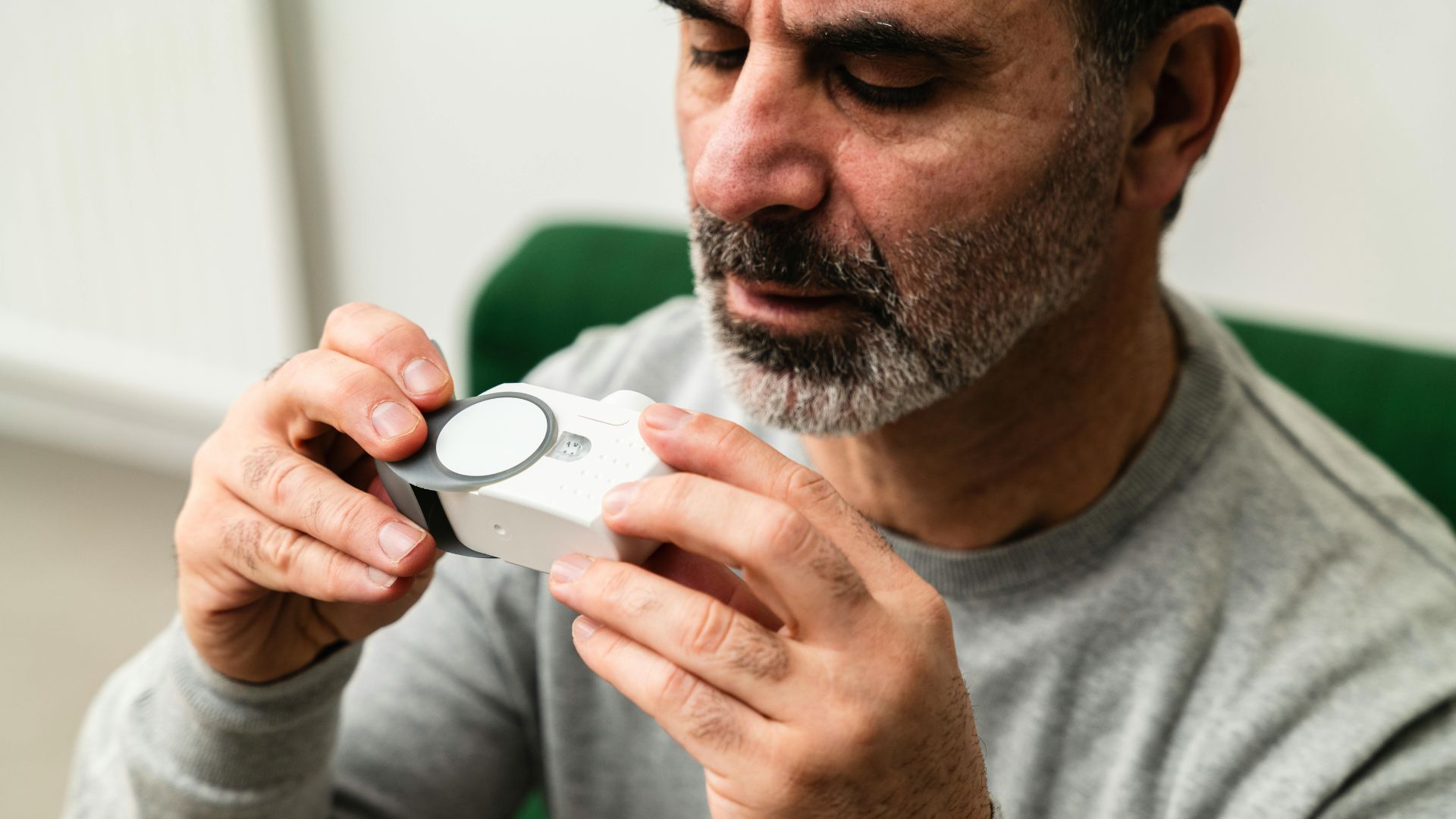With the first of many compliance dates for the new rule quickly approaching, Registrar Corp decided to share with you the need-to-know basics of UDI regulations.
What is a UDI?
A UDI is a numeric or alphanumeric code that consists of two parts: a device identifier (DI) and a production identifier (PI). The DI is fixed and mandatory for all UDIs. It identifies the labeler and the specific version or model of a device. The PI is a conditional, variable portion of a UDI that identifies one or more of the following if included on the label:
- The lot or batch number
- The serial number
- The expiration date
- The date manufactured
- The distinct identification code for a human cell, tissue, or cellular and tissue-based product (HCT/P) regulated as a device
Class I devices are not required to bear the PI portion of a UDI.
Who creates a UDI?
FDA requires that UDIs be created by accredited issuing agencies. As of now, there are three FDA-accredited agencies to choose from: GS1 in New Jersey, HIBCC in Arizona, and ICCBBA in California. There may be more options in the future, as FDA is accepting applications from companies seeking to obtain accreditation.
Where are UDIs placed?
A UDI must be placed on the device label and on the device packages. If the device is intended to be used more than once and reprocessed between uses, the UDI should also be placed on the device itself. The UDI must be placed in two formats: human readable (plain text) and machine readable (AIDC).
Who places a UDI?
The labeler of a device places a UDI. A labeler is the person who applies or modifies the label of a device with the intent that the device will be commercially distributed in the U.S. without any other alterations to the labeling.
Does the labeler have other responsibilities?
Yes. The labeler of a device with a UDI is responsible for submitting information about the device to the Global Unique Device Identification Database (GUDID), a public database that contains important identification information about every device with a UDI.
Labelers are also responsible for determining whether a certain change to a device creates a new version or model of the device, because different versions and models of devices require different DIs.
When is the compliance date for UDI regulations?
Compliance dates depend on a device’s classification.
Are there any exceptions to the UDI requirements?
Class I devices are entirely exempt from UDI requirements if FDA has exempted them from the good manufacturing requirements of 21 CFR 820. Class I devices that contain a Universal Product Code (UPC) on their labeling and packages are deemed to meet all UDI labeling requirements, but the labelers of such devices are still required to submit data to the GUDID. Other general exemptions include, but are not limited to:
- Devices used solely for research, teaching, or chemical analysis and not intended for clinical use
- Individual, single-use devices distributed in single packaging
- Custom and investigational devices
- Veterinary devices not intended for man
- Devices held by the National Strategic Stockpile
I still have questions. What do I do?
Registrar Corp is an FDA consulting firm that helps companies comply with FDA regulations. We can answer any further questions about UDI requirements and help you determine how the new UDI regulations affect your product in particular. Click here to request assistance. You can also call us at +1-757-224-0177 or receive online Live Help from our regulatory specialists 24 hours a day at https://www.registrarcorp.com/livehelp.








